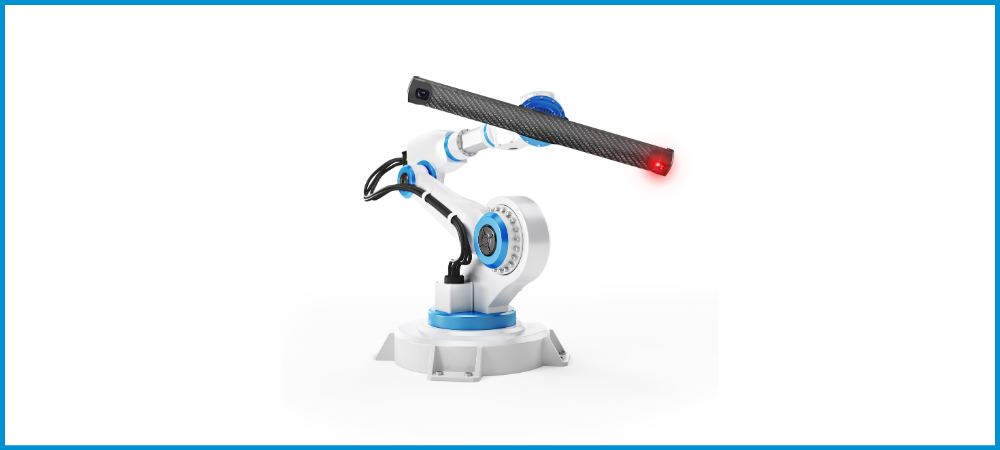
Cooperation with universities: Student theses based on Photoneo technology
At Photoneo, fostering research and partnering with universities is a top priority. Many students incorporate Photoneo technology into their university projects and research endeavors. Below, you’ll find master’s theses written by students who have utilized Photoneo technology in their work. Please note that the theses are in Slovak language.
“Using machine vision systems for industrial needs practices and their integration within virtualization proposals of robotic workplaces”
Author: Matej Šofranko
Supervisor: doc. Ing. Ján Vachálek, PhD.
Consultant: Ing. Ivan Fiťka
University: Slovak University of Technology, Faculty of Mechanical Engineering
Abstract:
The diploma thesis is focused on machine vision systems in industry and their integration into robotic workplaces. The theoretical part of the thesis is devoted to the topics of collaborative industrial robotics, the concepts of intelligent industry, and machine vision systems in industrial applications. The work then focuses on the topic of virtual operation and its software solutions aimed at industrial robotics. The practical part of the thesis is devoted to the design of a robotic workplace for the laboratory of industrial robotics. The simulation model is developed using Siemens Tecnomatix Process Simulate software and consists of workplace visualization and signal simulation of the proposed application. The process of folding tokens into plastic casings is performed using a KUKA industrial robot and pneumatic system components.
“Manipulation with components on robotics workplace using machine vision”
Author: Vladimír Kmeť
Supervisor: doc. Ing. Ján Vachálek, PhD.
Consultant: Ing. Ivan Fiťka
University: Slovak University of Technology, Faculty of Mechanical Engineering
Abstract:
The diploma thesis deals with the design and implementation of a robotic workplace using a machine vision system. The theoretical part of the work is focused on topics related to Industry 4.0, such as the concept of intelligent industry, collaborative robotics, or machine vision. In the next part of the work, we deal with the proposal of tasks of the robotic cell, as well as the design of the robotic workplace itself. The thesis will then deal with the creation of a visualization and simulation model of the workplace using a software tool Siemens Tecnomatix Process Simulate. Part of the work is focused on the actual implementation of the workplace. The last part of the work is devoted to the creation of the manager program using an online programming method.
“Using computer vision in robotic workplaces”
Author: Marek Sulír
Supervisor: doc. Ing. Ján Vachálek, PhD.
Consultant: Ing. Ivan Fiťka
University: Slovak University of Technology, Faculty of Mechanical Engineering
Abstract:
This diploma thesis describes the solution of a manipulation task using computer vision at a robotic workplace located in the institute’s laboratory. The work is divided into a sequence of parts that include theoretical information, design, and subsequent implementation of the use of computer vision in a robotic workplace. The first part contains theoretical information designed to understand the basic logic of computer vision. The next part takes into account the acquired knowledge in this area with the subsequent design and implementation of the application of computer vision in a robotic workplace. The last part contains the implementation of the workplace and a statement of the program task with an explanation of the individual parts.
If you have any queries about Photoneo technology, do not hesitate to contact the Photoneo team.


